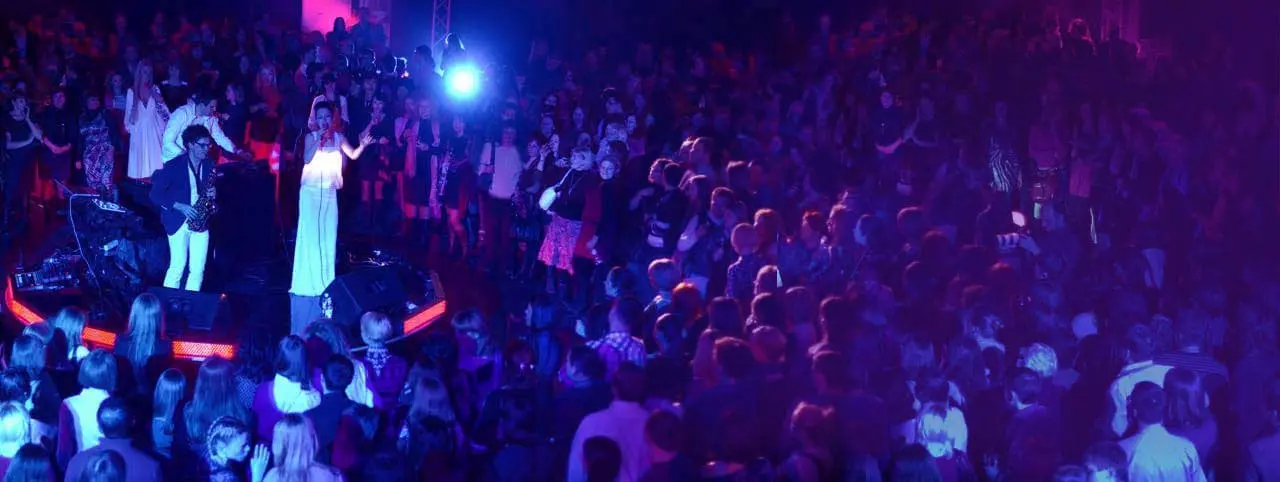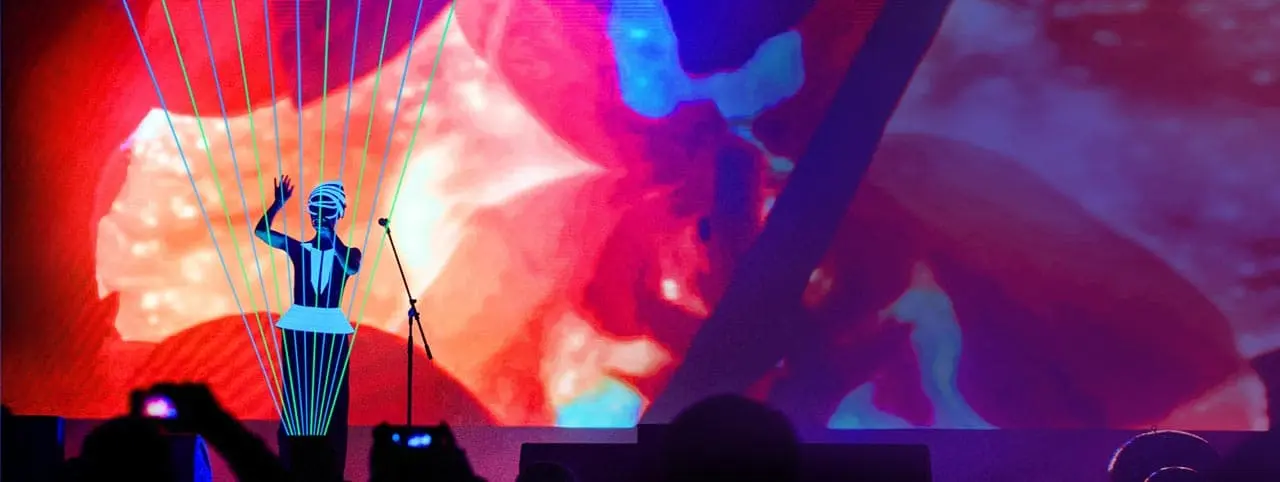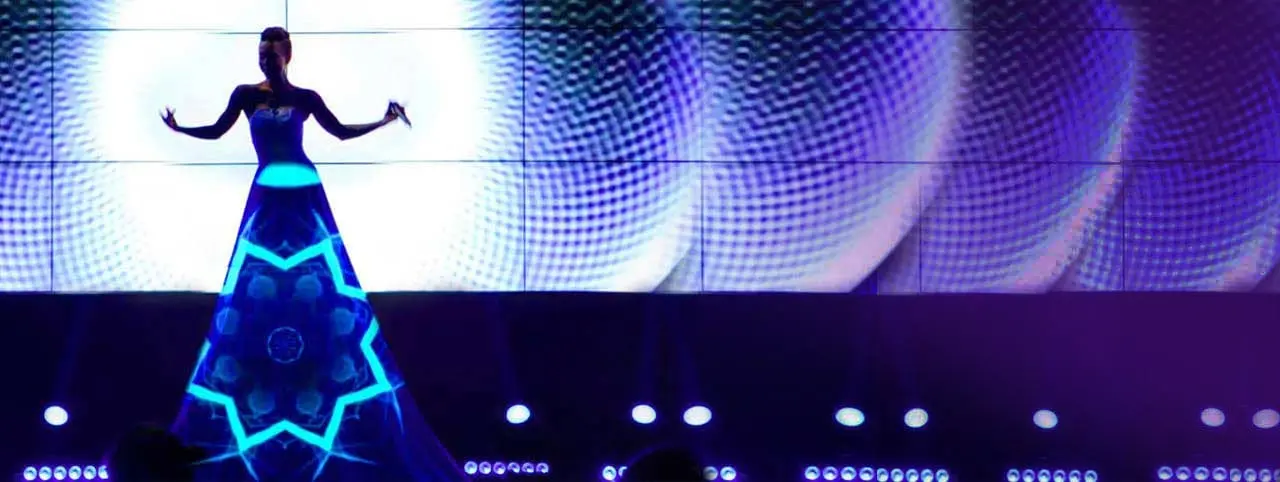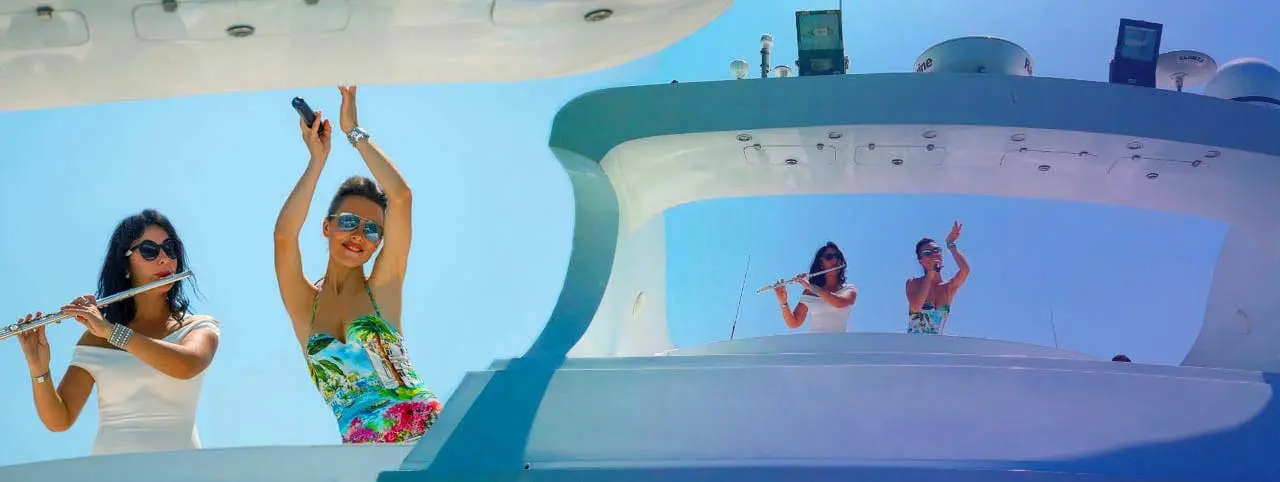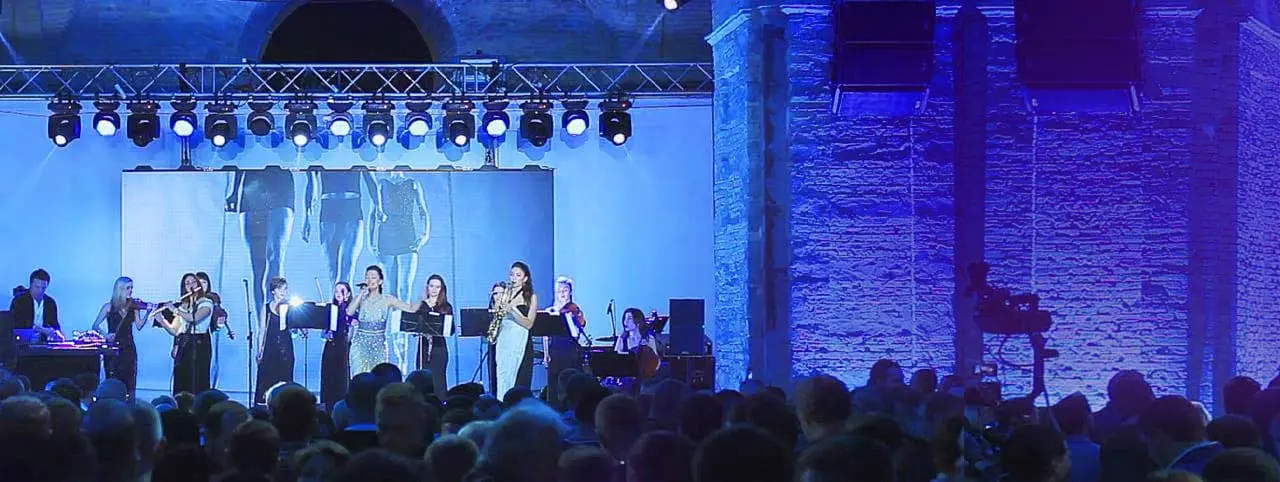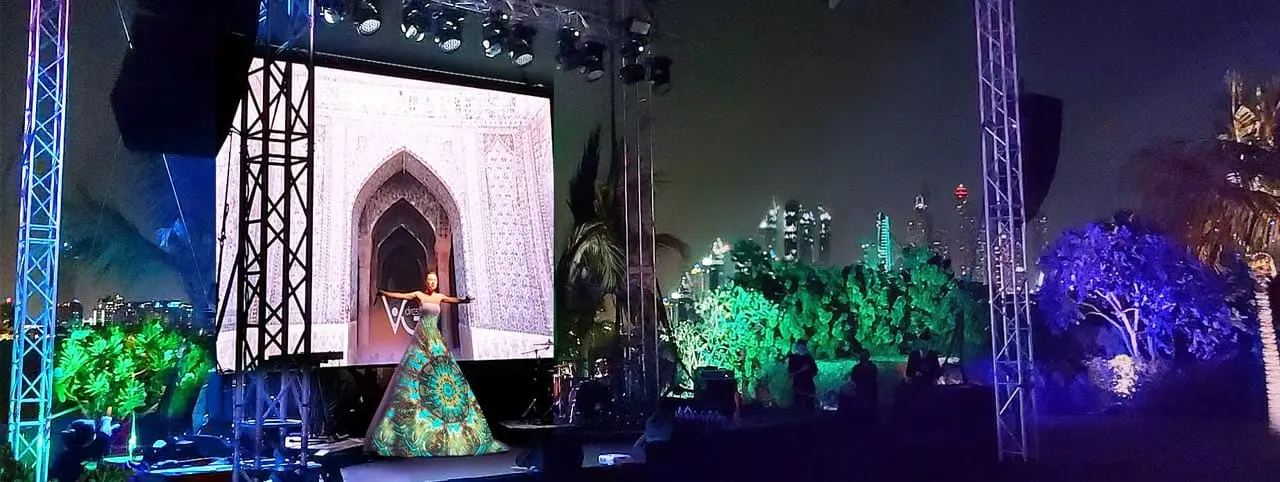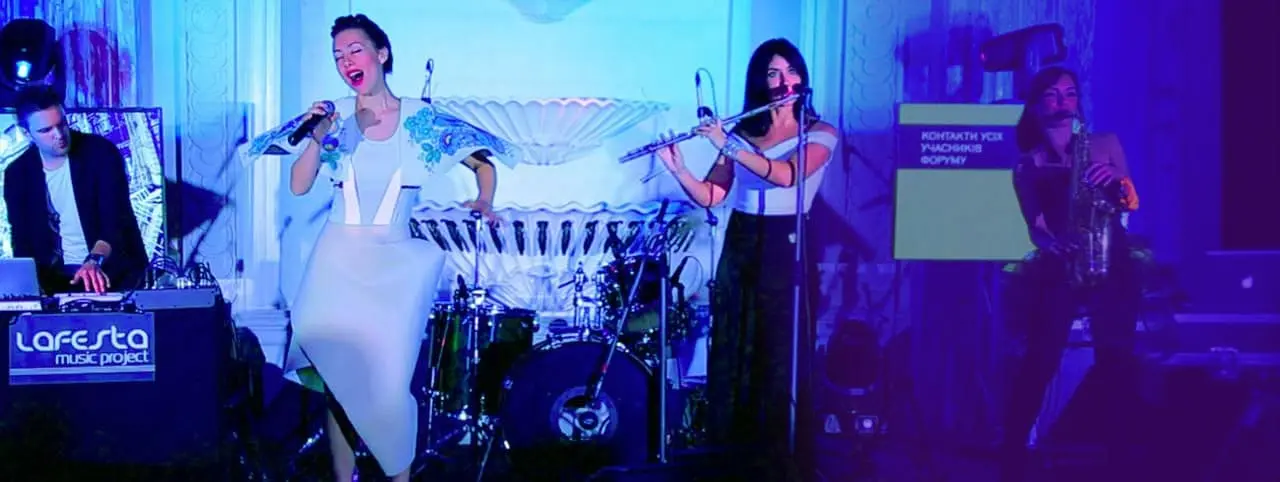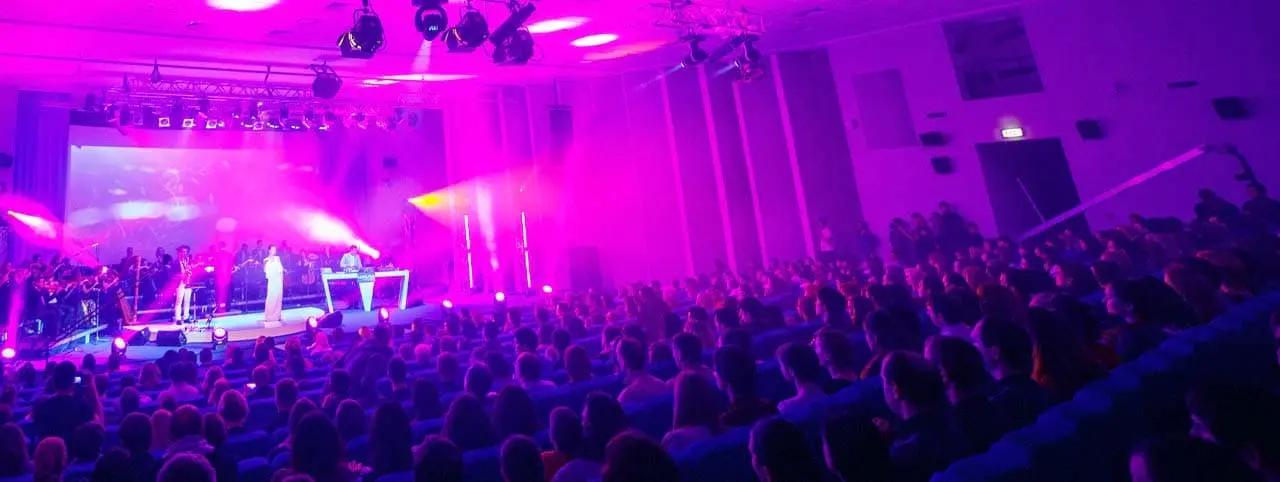Lounge music as a way of life (lounge style history)

"Lounge" is light, calm background music that creates the right relaxed atmosphere in restaurants, fitness clubs, boutiques, hotel lobbies, and at various events.
The word "lounge" originally meant: a hall, a lounge, a sofa, or an idle pastime. Therefore, this word best characterizes such a calm style of music. A distinctive feature of lounge music is
the depth and softness of sound (on the verge of acoustics), which characterizes the state of mind of a modern educated person.
The lounge (sometimes referred to as "cocktail music" or "easy listening") does not have a specific year that can be considered its origin. He absorbed elements of other musical trends: jazz (diluted with blues and soul variations), French and Italian chanson, bossa nova, and Polynesian ethnics.
Lounge music and opera vocal from LAFESTA (the video was filmed in Valencia / Spain)
The main surge of lounge music came in the 1950s and 60s, due to orchestras that played gentle and melodic versions of hits at various radio stations. Such light music was especially popular on the BBC Light Program (1945-1967) and included the iconic programs "Friday Night is Music Night" and "Music While You Work".
In the wake of the popularity of light music, the legendary orchestras of Paul Mauriat, Bert Kaempfert, Gerb Alpert, and Horst Jankowski were created. They became carriers of the lounge culture.
During this period, one of the most important sound attributes of the lounge style appeared - the "Rhodes" electric piano. American developer Harold Rhodes designed a portable acoustic piano (Rhodes Air Corps Piano) with built-in pickups, tube amplifier, and speaker, which was dubbed the "Suitcase Piano". The timbre of the Rhodes piano resembles the timbres of vibraphone, xylophone, and bells, which fits perfectly into the soft lounge music format.
Lounge music compilation (classic lounge)
Having absorbed the musical tones of various countries and cities of the world, the lounge perfectly conveys the atmosphere and cozy melancholy mood of different parts of our planet. The lounge was jokingly called a style of music for bachelors with a good income and picky about their stereos.
In the 90s, the lounge was modified and, thanks to the efforts of DJs, intertwined with a wide range of electronic music trends: ambient, chill-out, new-age, downtempo, acid-jazz deep-house, nu-wave. It was also due to the fact that many jazz musicians joined electronic music, enriching it with improvisation.
By the end of the 90s, lounge music was recorded in almost all countries. The most iconic series of lounge collections are "Cafe del Mar", "Hotel Costes", "Buddha bar", and "Break n bossa". Due to its cosmopolitan nature, many lounge compositions include instruments and characteristics from different peoples of the world. Combining the styles of different countries, the lounge is saturated with a variety of sounds and acquired hundreds of divergences. For example, the Asian lounge (compilations of "Buddha bar") is not only calm but hypnotic. The music has a pronounced sound of the national musical instrument (hang, biwa, sitar, sau) and the sounds of nature.

Although the lounge style has developed in parallel in many countries, the most advanced are: France (Air, Dimitry from Paris, Bertran Burgalat, Leila France), Italy (Nicola Conte, Montefiori Cocktail), USA (Combustible Edison, Ursula 1000, Thievery Corporation), Japan (Pizzicato 5, Towa Tei, Kahimi Karie, Havana Exotica). Many artists have successfully reproduced the modern lounge with a sound reminiscent of Italian cinema of the 60s and 70s.
In the 2000s, the lounge gained the greatest popularity and was supplemented by hundreds of cover versions of famous hits that sounded in a new way. The most iconic bands cultivating the style of lounge music in the early 2000s are De-Phazz, Jazzanova, Gabin, Hooverphonic, etc.
Lounge music has become in demand not only in the lobbies of hotels, shopping centers, or restaurants but also in everyday life. Calm relaxing music becomes a great background for household chores, work in the office, or car trips. This need was filled by many analog and streaming radio stations ("Lounge FM", "Radio Relax", "Atmosphere Lounge", "Office Lounge", "100 Chill", etc.). Dozens of radio stations were created, which specialize only in lounge music.
LAFESTA performance in lounge and deep-house formats (fragments of performances at events, presentations, parties)
If you don`t attribute any slow songs by various artists to the lounge style, then the LAFESTA musical project can be considered the brightest representative of the lounge direction in Eastern Europe. LAFESTA combined a real lounge & deep-house with a charming operatic voice and was the first to shoot a lounge video in the amazing architecture of the Spanish "City of Arts and Science" (La Ciudad de las Artes y las Ciencias).
In October 2013, LAFESTA music project, accompanied by a symphony orchestra, presented the author's lounge program "Electro & Lounge Opera". The big concert took place in the center of Kyiv (Ukraine). Several songs from this program became soundtracks for "Fashion TV", "Madrid Fashion Week" and various TV shows.
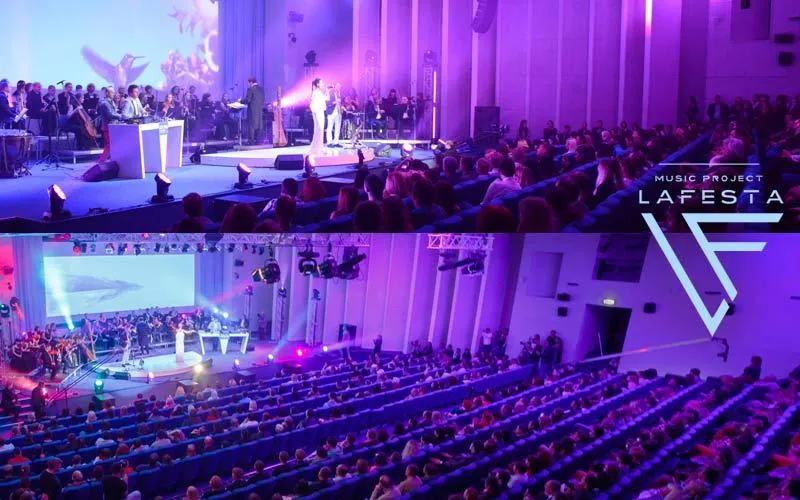
In 2018, the LAFESTA began playing lounge music on an unusual musical instrument - the laser harp ("novaYA" show)
Modern lounge from the laser harp (laser harp show «novaЯ»)
Book the lounge band for corporate party, anniversary, or wedding.
